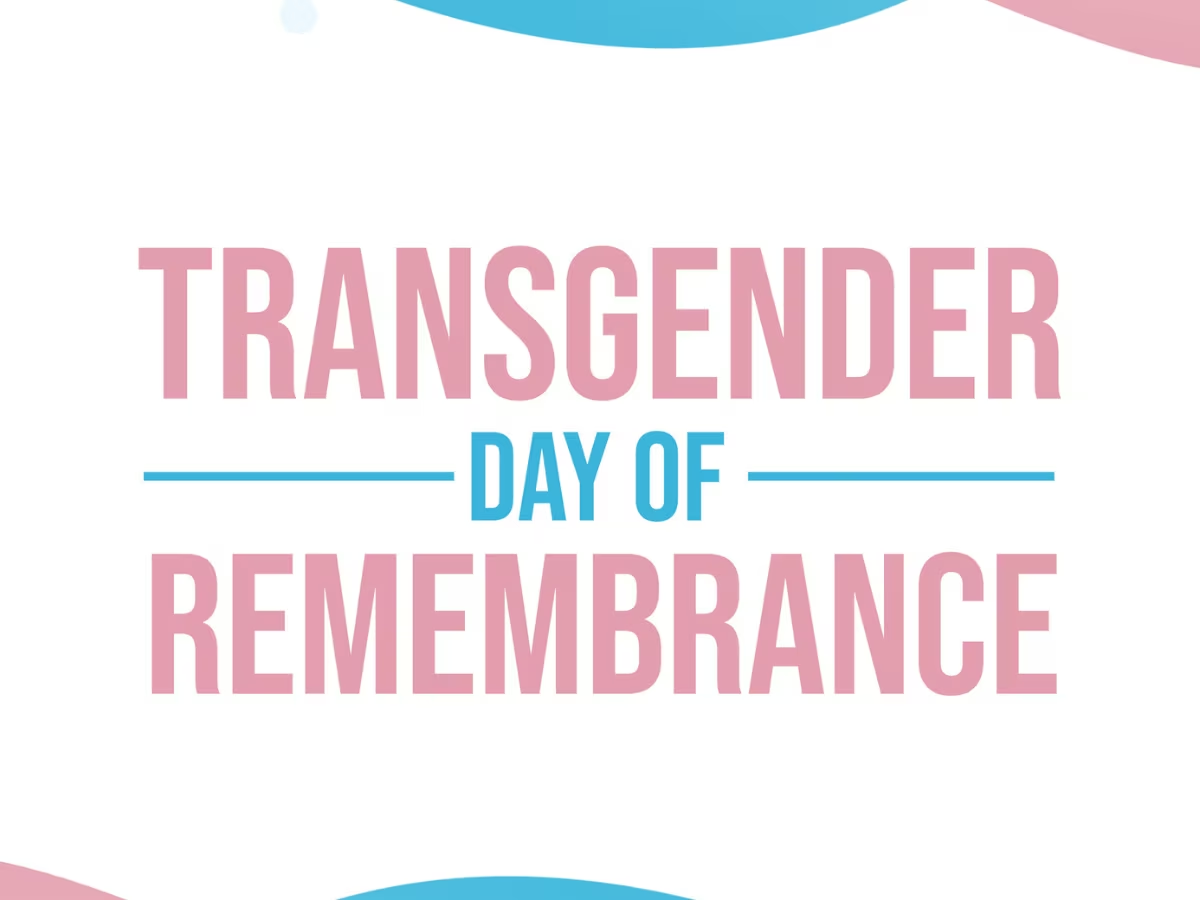When most people picture someone struggling with anorexia, a certain stereotype comes to mind: white, wealthy, thin, and – importantly – young. As with most stereotypes, the reality is much different. The idea that eating disorders only affect young women and teenagers persists through media presentations and societal biases, but it’s slowly coming to light that people of all genders, ethnicities, and ages can be at risk.
Certainly, the large majority of eating disorder cases begin in adolescence with the onset of puberty, with its weight awareness and rapidly changing bodies. About two-thirds of individuals who attend an eating disorder treatment program are under age 30. This preponderance, though, can alter the way people think about anorexia as a mental health disorder; the thought that they might have a “teenager’s disorder” often leads middle-aged women with disordered eating patterns to discount their symptoms and avoid treatment.
Unfortunately, the serious health risks that come with anorexia nervosa are just as dangerous in middle age as they are in adolescence. That’s why it’s important to raise awareness about the later-age onset of eating disorders like anorexia nervosa (AN).
The Symptoms Are the Same at Any Age
All too often, people consider AN to be “not eating enough” or “getting too thin.” The reality is, anorexia nervosa is a complicated behavioral health disorder that encompasses body image, self-esteem, anxiety, and brain chemistry. The defining symptoms of the disorder are the same regardless of age (from the DSM-V):
- Restriction of energy intake relative to requirements, leading to significantly low body weight in the context of age, sex, developmental trajectory, and physical health. Significantly low weight is defined as a weight that is less than minimally normal or, for children and adolescents, less than minimally expected.
- Intense fear of gaining weight or of becoming fat, or persistent behavior that interferes with weight gain, even though at a significantly low weight.
- Disturbance in the way in which one’s body weight or shape is experienced, undue influence of body weight or shape on self-evaluation, or persistent lack of recognition of the seriousness of the current low body weight.
It should be noted that body weight, for medical purposes, isn’t really about a certain number and that each person’s medically “normal” weight will be different. Many anorexia nervosa treatment programs focus on the concept of Health At Every Size (HAES) which ignores weight in a numerical sense as long as the individual is getting enough nutrition and putting one weight consistently. With the emphasis people with AN put on pounds and calories, this is a better approach psychologically and in re-establishing a healthier relationship with food.
The Health Risks Are Also the Same – With a Few Differences
Anorexia nervosa is, simply put, the most dangerous mental health disorder. It has a death rate higher than depression, anxiety, schizophrenia, or any other eating disorder, and also leads to much higher suicide rates than the national average. The health consequences are manifold, and largely result from inadequate nutritional intake:
- Malnutrition
- Dizziness, fainting, and lack of concentration
- Changes in blood chemistry (i.e. low blood pressure, anemia, low blood cell counts)
- Hormonal and glandular changes (i.e. thyroid issues)
- Insomnia
- Feeling cold at all times
- Extreme weakness
- Gastrointestinal issues (i.e. constipation, IBS, etc.)
- Bone weakness and osteoporosis
- Dry and brittle hair and skin
- Electrolyte imbalances (which can cause strokes and heart failure)
After months or years of self-starvation, these symptoms become more and more apparent. They are generally the same at any age of onset. However, slight differences can occur depending on the person’s age. For example, amenorrhea (the absence of menstruation) is a common issue in people with anorexia nervosa, but of course, this would not apply to a person going through or past menopause. Older women are also more at risk, naturally, for developing bone weakness and osteoporosis.
Some of the Physical Causes of Anorexia Nervosa are the Same, But for Different Reasons
A study from 2015 indicated an interesting conclusion: weight awareness and preoccupation tend to intensify at different points in the menstrual cycle as hormonal changes occur. The implications of this as regards anorexia nervosa are staggering considering that body dysmorphia is one of the defining characteristics of the disorder.
It also draws a comparison between the beginnings of AN in adolescence and middle age. As both puberty and menopause are times of great change in a person’s hormonal balance, they are also times when that person’s feelings about their weight and body size are more intense. They may begin to scrutinize any perceived flaws or find they have increased feelings of being fat. That can lead to dieting and other forms of calorie restriction – a slippery slope for a person predisposed to developing an eating disorder.
Adolescence and puberty are considered risk factors for eating disorders, as the body is rapidly changing and naturally growing (and gaining weight). In a similar vein, middle-age is a time where the metabolism naturally slows and weight tends to increase, although this is far from universal. Natural weight gain is nothing to fear, however people who are predisposed to see themselves as fat may find themselves restricting food intake as these natural changes occur.
Trauma is also a major causative factor for anorexia nervosa. While people often associate the term with sexual of physical abuse in childhood (and to be clear this kind of trauma is present in many adolescent ED cases), other kinds of trauma can have similar triggering effects. Things that happen commonly in middle age, like a divorce, the death of a parent or partner, or job loss or financial struggles can also cause stressful trauma. Disordered eating behaviors can release dopamine in the brain, which functions as a coping mechanism for the anxiety and stress caused by PTSD, leading to a cycle of repetitive disordered behavior.
Underdiagnosed and Underreported
In general eating disorders are underreported – many individuals who experience them have feelings of shame and guilt about their disordered eating patterns and take steps to avoid discussing or revealing them. In some cases, an adult who is diagnosed with anorexia nervosa has been successfully hiding their condition for years or even decades, especially in cases of atypical anorexia nervosa (where the individual is not significantly underweight). A case study of a 46-year-old woman hospitalized with malnutrition and other health crises related to AN indicate she had not had her period in 13 years and had never received treatment for her disorder before that.
The underdiagnosing of anorexia nervosa is also a problem. This is in part because of the strong focus put on keeping body fat low, both in popular culture and in the medical world. Of course, obesity is a major problem in the US and elsewhere, but it remains far too common for a medical professional to note a patient’s weight gain with approval. AN behaviors can go on for a long time before emaciation or malnutrition is apparent; the doctor’s approval in misdiagnosing anorexia nervosa can allow an individual to keep hiding their symptoms for years.
Growing Awareness Might Lead to Better Treatment
Studies like this one conducted in the United Kingdom show that as many as 3.6% of middle-aged women had displayed disordered eating behaviors in the past twelve months. That may sound like a small number, but it translates to millions of people in that country alone. At the same percentage, that would mean about millions of people in the US were experiencing anorexia nervosa or another eating disorder. Those numbers are frightening, but there is good news: awareness of eating disorders, especially in populations that don’t fit the stereotype. More studies are conducted, and more voices are being raised within those populations, such as in men, LGBTQ demographics, people of color, and older people.
The rising awareness might even have unexpected benefits. Some parents who have taken their kids on for treatment for eating disorders have come to realize certain things about themselves. However belatedly, they may observe that they’ve been experiencing body dysmorphia and disordered eating behavior for years. Maybe they’ve been dieting strictly for years. Maybe they’ve been sporadically binging and purging, or going on periodic fasts or “cleanses.” Unfortunately, eating disorders are more common in the children of parents with disordered eating behaviors, so they may have inadvertently taught those behaviors.
But we’re not here to lay blame on anyone. The growing awareness of eating disorders in middle age is emphatically a good thing – more people that need treatment can get a proper diagnosis and get into therapy. Although that’s a difficult realization to make, there is hope to be found there. After all, getting treatment late is better than not getting it at all.
If you or a loved one is experiencing anorexia nervosa or another eating disorder, no matter their age, don’t delay in seeking out help. The compassionate and non-judgmental staff at Monte Nido’s residential, day treatment, and supervised living facilities are ready to help people of all ages, genders, and ethnicities to take their life back and discovered their recovered selves. Give us a call at 888.228.1253 to speak to an admissions specialist today.




.svg)



